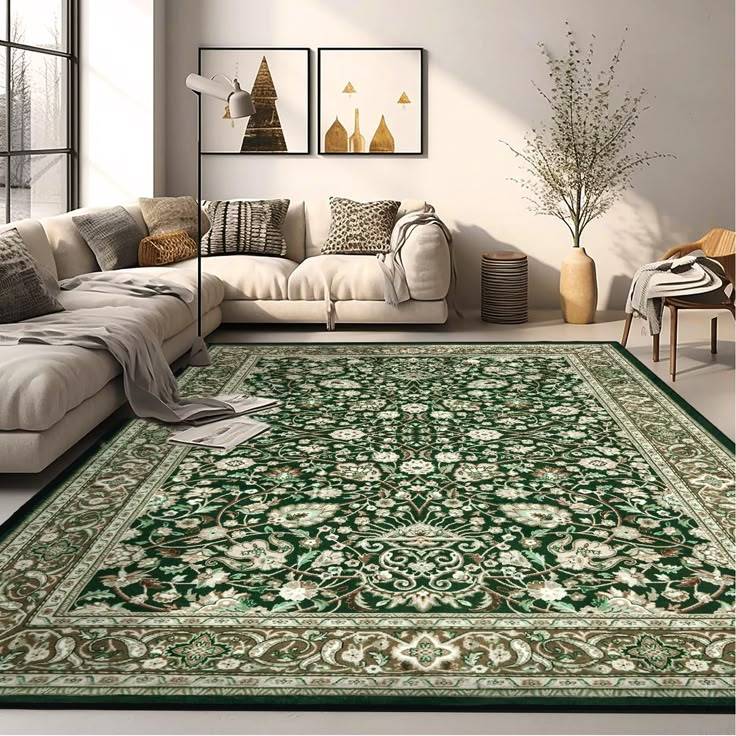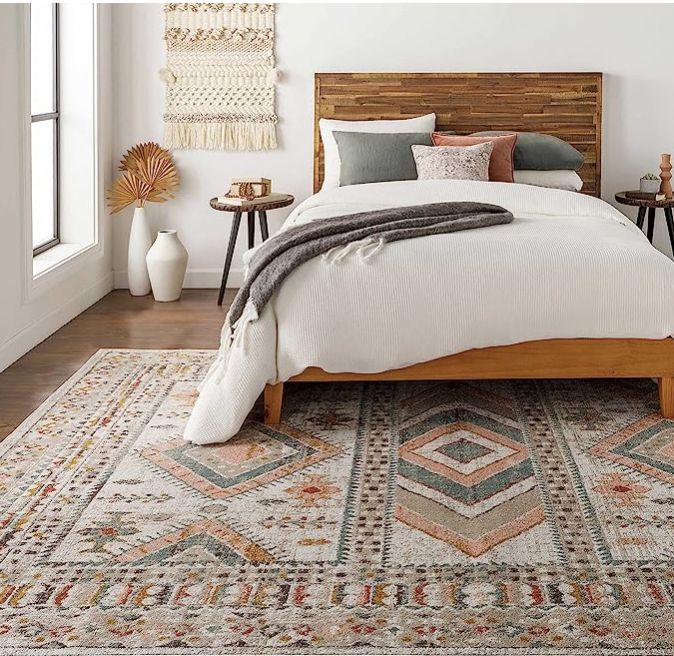Dealing with carpet mold? Learn how to remove mold safely and effectively using expert-approved steps – plus how to prevent it from coming back.
Mold in carpet is more than just an eyesore – it’s a health hazard. Left untreated, mold can trigger allergies, irritate respiratory conditions, and even damage your subfloor. The good news? With the right tools and knowledge, you can remove mold from your carpet and keep it from returning. In this guide, we’ll walk you through expert-approved methods to safely eliminate mold and protect your space.
How Does Mold Get Into Carpets?
Carpets are highly absorbent – and mold thrives in moisture. Spills, floods, high humidity, or even condensation can create the perfect breeding ground. Add warmth and darkness, and mold can spread quickly beneath the surface where it’s hard to spot.
Early Signs of Mold in Carpets
- Musty, damp odor that persists even after cleaning
- Discoloration or dark green/black patches on or beneath the rug
- Allergic symptoms like sneezing, coughing, or itchy eyes when near the area
- Dampness underfoot, especially if the rug feels spongy
Step-by-Step: How to Remove Mold from Carpets
Step 1: Safety First
Wear gloves, a mask, and open windows for ventilation. Mold spores can be harmful when inhaled.
Step 2: Dry the Area Completely
Use fans, a dehumidifier, or place the rug in direct sunlight to eliminate moisture. Mold can’t survive in a dry environment.
Step 3: Vacuum Thoroughly
Use a vacuum with a HEPA filter to remove loose mold spores. Dispose of the vacuum bag or clean the canister immediately.
Step 4: Apply a Mold Removal Solution
You can use:
- A 1:1 mix of white vinegar and water
- Baking soda paste for surface stains
- Commercial anti-fungal carpet cleaners
Spray or blot the solution onto the affected area and allow it to sit for 10–15 minutes.
Step 5: Scrub and Rinse
Using a soft brush, gently scrub the area. Then blot with a clean, damp cloth to lift residue.
Step 6: Dry Again Completely
Moisture is mold’s best friend – so drying is crucial. Use fans and sunlight to fully eliminate dampness.
When Should You Call a Professional?
- Mold covers a large area (over 10 square feet)
- Mold has reached the padding or subfloor
- There’s a strong, persistent odor you can’t remove
In these cases, professional remediation may be the safest and most effective option.
How to Prevent Carpet Mold in the Future
- Use a dehumidifier in damp areas like basements
- Always dry spills immediately
- Choose rugs with moisture-resistant backings
- Avoid placing rugs directly over concrete or wet flooring
Conclusion
Mold in carpets is a serious issue – but with fast action and proper care, it can be handled. The key is moisture control. By keeping your rugs clean, dry, and regularly inspected, you can maintain a safe, healthy home from the ground up.



